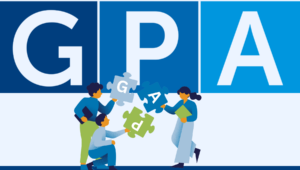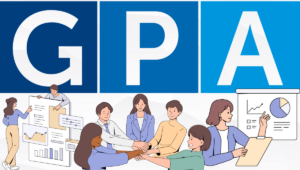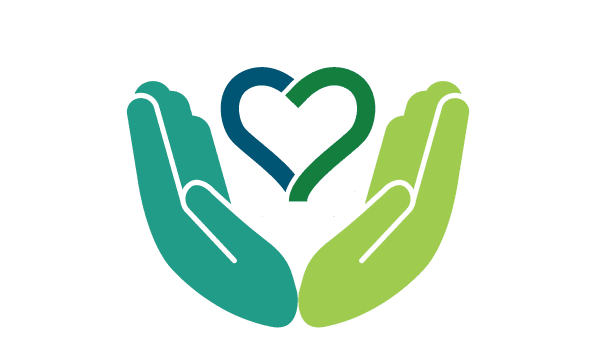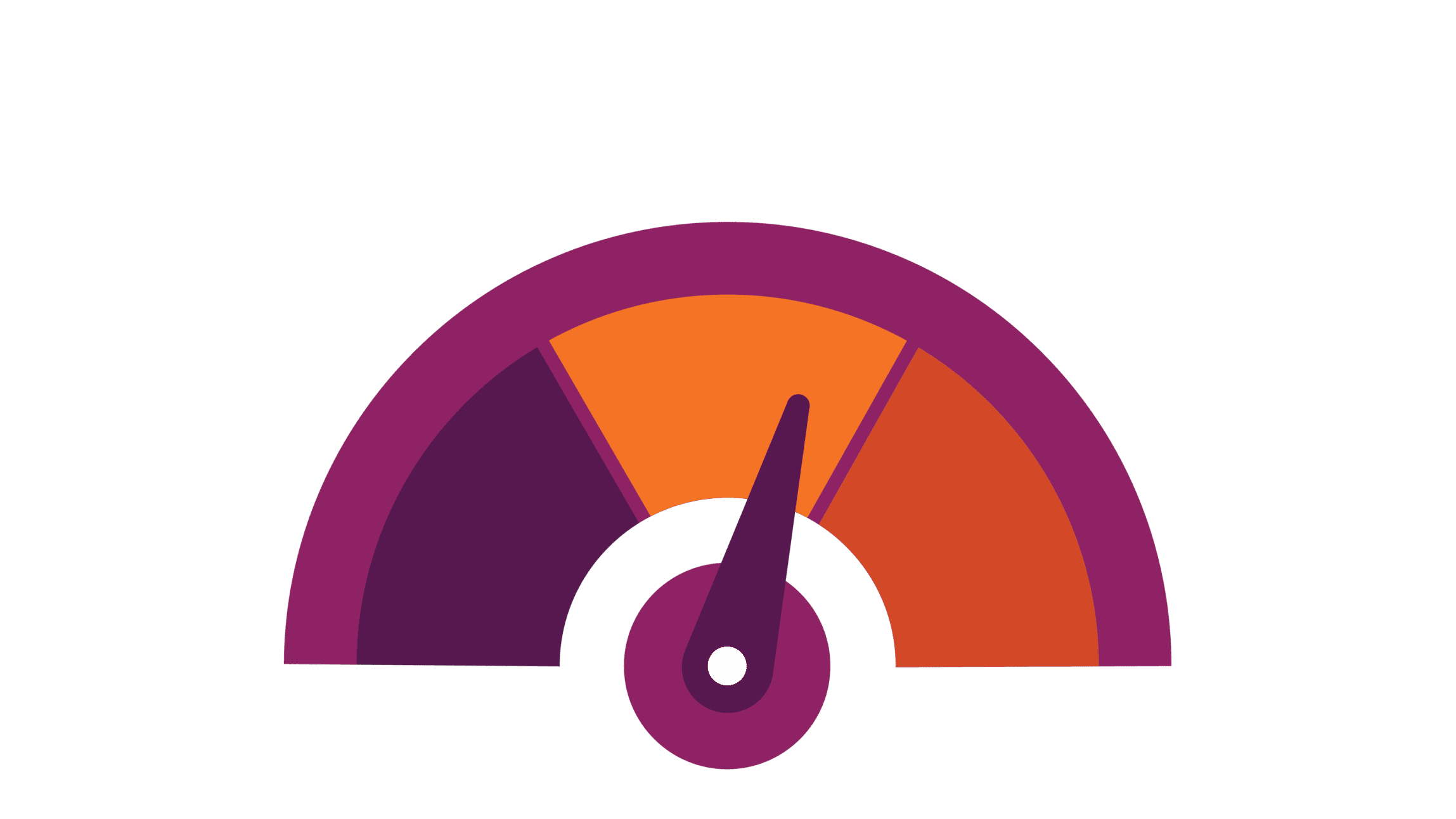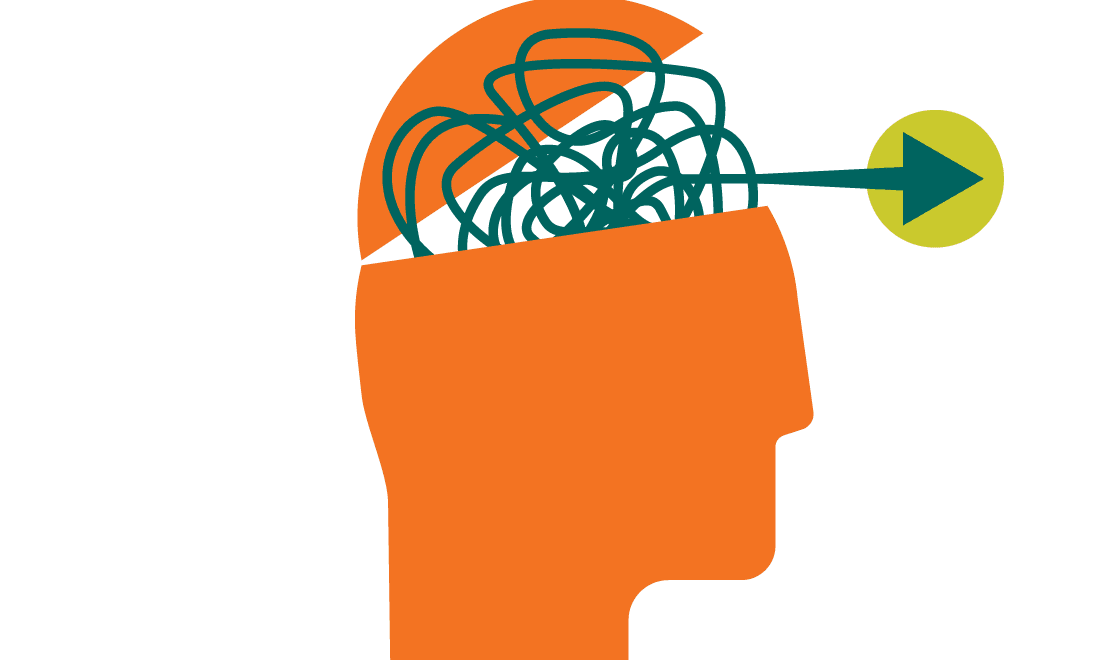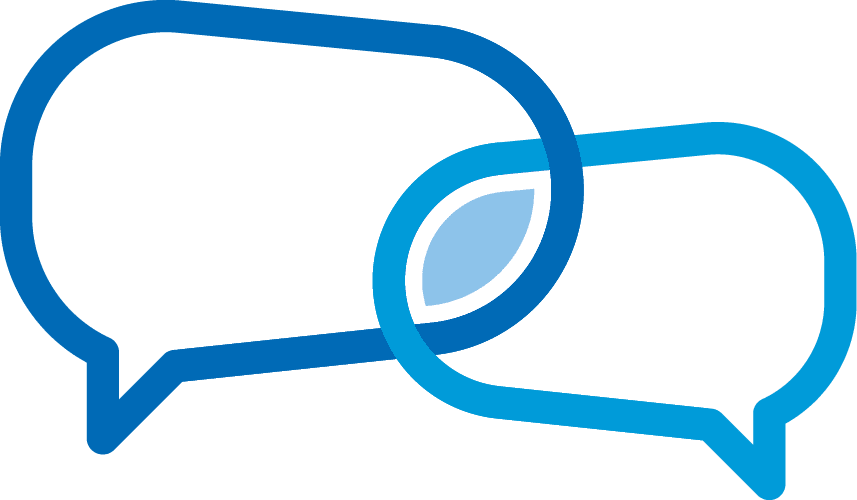By Emma Sarro, PhD The conversation around Diversity, Equity, and Inclusion (DEI) has become a minefield. The acronym itself is now so politically charged that many organizations are stepping back, rethinking their strategies, or even eliminating their DEI initiatives altogether. What we’re left with is an eerie silence. Our own research shows that while 65% of organizations plan to continue the work, yet the path forward is anything but clear. This leaves leaders grappling with a critical question: If we cancel the words, does the need for the work actually go away? What happens if we stop the training, disband the teams, and erase the terminology from our corporate vocabulary? In the short term, the impact might be negligible. Relieving already overloaded employees from another mandatory training might even be met with a quiet sense of relief. But over the long term, the effects are likely to be significant and damaging. Why? Because DEI initiatives, when done right, aren’t only about social justice or reaching targets. They’re a direct response to the fundamental, universal nature of the human brain. You can change the label, but you can’t change the neuroscience. Ignoring these core brain processes doesn’t make them disappear; it simply leaves your organization vulnerable to their downsides, impacting everything from profit and innovation to talent retention. There are three foundational concepts about the brain that demonstrate why the work remains a business imperative. If you have a brain, you have bias Many leaders mistakenly believe two things: that mitigating bias is exclusively a “DEI thing,” and that their years of experience allow them to “trust their gut” on important decisions. The truth, however, is if you have a brain, you have bias. Cognitive biases are mental shortcuts our brains use to make sense of the overwhelming amount of information we face daily. These shortcuts evolved to help our ancestors survive, allowing for rapid decisions with limited data. In the modern workplace, however, these same shortcuts can lead to costly mistakes, flawed strategies, and overlooked talent. The problem is, you can’t simply ignore that biases exist. Since these processes are largely unconscious, making people aware of their biases isn’t enough to change their behavior. Because these biases are engrained into our cognitive systems, mitigating them requires science-backed strategies that focus not on shaming or blaming, but on improving the quality of all decisions, from hiring and promotions to product development and market strategy. NLI’s SEEDS Model® organizes the over 150 cognitive biases scientists have studied, and underpins our solutions and strategies for reducing unconscious bias. If you are not actively including, you are likely unintentionally excluding Let’s imagine you’ve assembled a “dream team” for a critical project. On paper, they have the perfect amount of diversity, with experts from every relevant field. But in meetings, a familiar pattern emerges. A few voices dominate the conversation, innovative ideas are met with polite but dismissive responses, and team members who challenge the consensus are subtly sidelined. The project stalls, along with the team’s collective intelligence. What went wrong? The team had diversity, but it lacked inclusion—a critical distinction. Neuroscience research reveals that the brain treats social threats, like feeling excluded, similarly to physical threats. When employees feel excluded, their brains trigger a threat response that impairs intelligent thought, reduces problem-solving ability, and stifles self-regulation. The critical takeaway is that if you are not actively including, you are likely unintentionally excluding. Simply walking into a room and talking to only one or two people can send unintended signals of exclusion to others. To counteract this, leaders must be intentional about sending social rewards. NLI’s SCARF® Model— which stands for Status, Certainty, Autonomy, Relatedness, and Fairness—provides a powerful framework for understanding the five key domains of social experience that the brain is sensitive to. By intentionally sending positive signals across these domains—for example, by giving people a sense of control, or autonomy, over their work or ensuring processes are transparent and equitable, or fair—leaders can create an environment where everyone feels valued and is able to contribute their best thinking. The Power of Psychological Safety You can have a diverse and inclusive team, but one more crucial element is needed for high performance: psychological safety—the shared belief that it’s okay to take interpersonal risks like asking questions, admitting mistakes, or challenging the status quo without fear of punishment or humiliation. Contrary to popular belief, psychological safety isn’t about being “warm and fuzzy” or avoiding conflict. In fact, the highest-performing teams often experience productive friction—robust healthy debate. They operate with high standards in an environment with low interpersonal threat. A landmark study by Amy Edmondson found that the best-performing nursing teams reported making the most errors. They weren’t actually more mistake-prone; they were simply more willing to talk about their mistakes. This openness created a cycle of learning and continuous improvement that ultimately led to better patient outcomes. At its core, speaking up or challenging another is a risk calculation in the brain. If a past experience—either personal or observed—has taught an employee that challenging a decision leads to embarrassment or career-limiting consequences, their brain will flag that action as a threat, and they’ll choose silence. Creating psychological safety is about intentionally sending signals of social safety that buffer against this perceived risk, making people feel secure enough to be vulnerable and share their unique perspectives. The work remains The labels we use will continue to evolve, but the foundation of the way our brain works is unchanging. Our brains are inherently biased, highly sensitive to social triggers, and evolved to avoid interpersonal risk. The most successful leaders will be those who understand that fostering a culture of better decisions, smarter teams, and healthier debate is not an optional initiative—it is the essential work of modern leadership. To explore the science in greater detail and discover the brain-based frameworks your organization can use to drive performance, download the latest white paper from the NeuroLeadership Institute, DEI: Canceling the words doesn’t cancel the need. To
Read More





